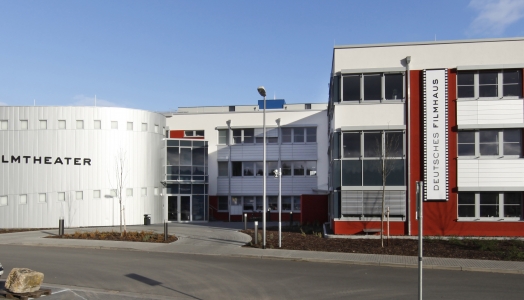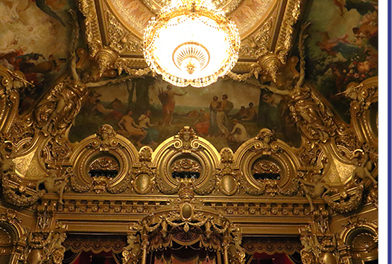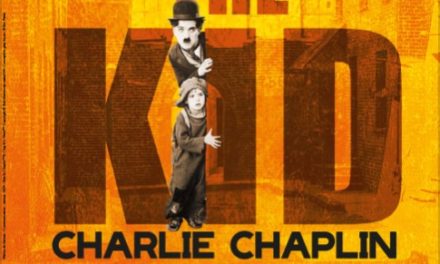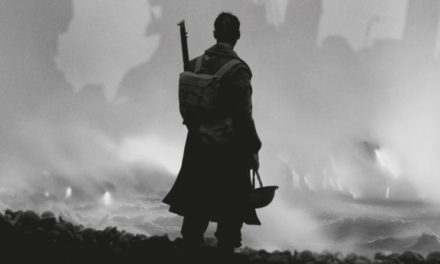At the Cinema Ritrovato 2024 in Bologna, the films restored by the Murnau-Stiftung Foundation. Interview with one of the restoration curators, Miranda Reason.
interview by Roberto Tirapelle
The Cinema Ritrovato 2024 of the Cineteca di Bologna (38th edition), as in previous years, presented many restored films from many countries, coming from Cineteca around the world and especially from the Institutions that bring them back to life with their work. This year I had the opportunity to see films restored by the German Murnau Foundation and to be able to interact with a person who is directly dedicated to this purpose.
The Friedrich Wilhelm Murnau Foundation, based in Wiesbaden, was founded in 1966 to preserve and curate a collection of works by Friedrich Wilhelm Murnau, as well as a collection of other German films.
The culturally and historically outstanding holdings range from the beginning of motion pictures to the early 1960s and include 2,000 silent films, 1,000 sound films and around 3,000 short films, advertising films and documentaries. These include films by important directors such as Fritz Lang, Ernst Lubitsch, Detlef Sierck, Helmut Käutner and Friedrich Wilhelm Murnau, the namesake of the foundation.
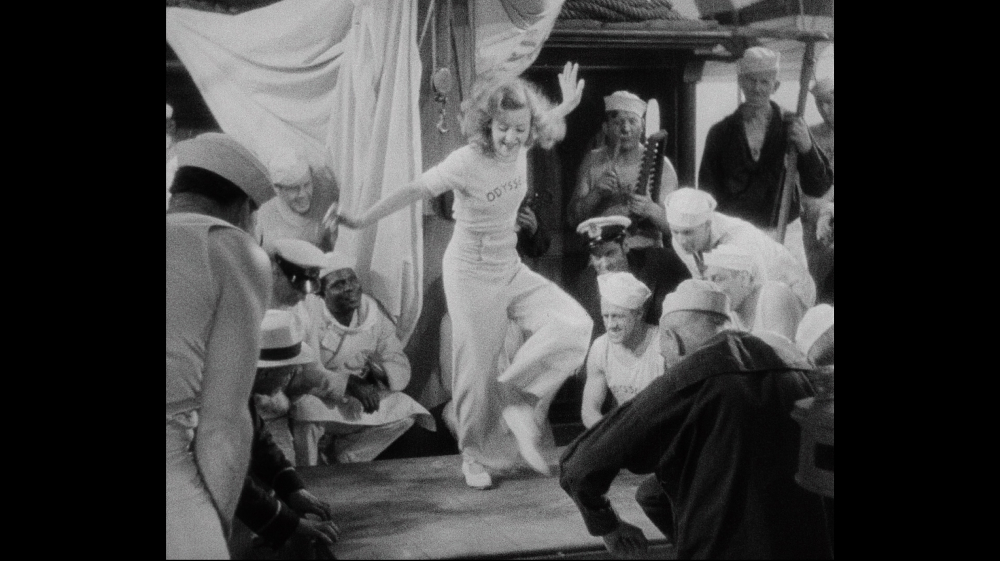
(“Nie Wieder Liebe”,cr ph Murnau Foundation)
One of the restored films this year that struck me most was “Nie Wieder Liebe!” (“Mai più l’amore!”, Germany, 1931) by Anatole Litvak, part of a retrospective of the American director of Ukrainian origin. A director little known even to industry insiders, and the digital film presented had never been seen before. It is a musical comedy based on the play “Dover-Calais” and which in 1927 was staged for theatre by Max Ophuls, who also acts as assistant and dialogue director in the film. Among the performers Lilian Harvey stands out, an Anglo-German actress and singer, to whom we will return later. The film is an example of those restored by the Murnau Foundation.
There are three people working in the restoration sector at the Murnau Foundation: Luciano Palumbo, who is also the manager, Torgil Trumpler and Miranda Reason. We begin the interview with Miranda Reason.
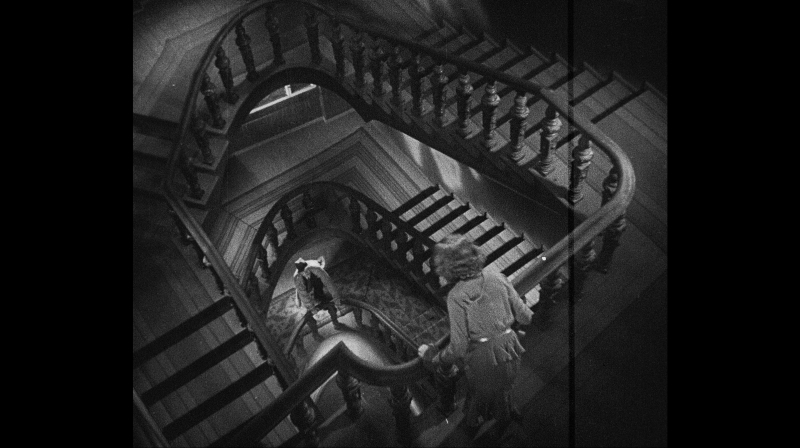
The interview with Miranda Reason
How often do you work on Restorations?
“We always work on a number of digitisations/restorations at the same time – at the Murnau Foundation we digitise 20-30 films a year (we’ve been three film restorers since 2019). The rights of these films are all held by the Murnau Foundation, ranging from the 1890s to the1960s”.

(“Fanny Elssler”, Paul Martin, 1937, cr ph Murnau Foundation)
Which films have you restored recently?
“I’ve finished 6 restorations since completing NIE WIEDER LIEBE, amongst others many Lilian Harvey and late Weimar Cinema films.”
“Examples of film titles I’ve worked on in the last two years that I find most interesting (and most gratifying), – and which I have also introduced at festivals or cinema screenings – are:
2022: EIN BLONDER TRAUM (Paul Martin, 1932): a comedy about the fascination of Hollywood, co-written by Billy Wilder
2022: ADIEU MASCOTTE (Wilhelm Thiele, 1929): a silent comedy about love and deception set in France; the digitisation was screened at the Lumière Classics festival in 2023
2022: WO IST COLETTI? (Max Mack, 1913): the oldest film (by a couple of months) the Murnau Foundation has digitised to date; source element was the original camera negative, which is rare for such an old film, as only very few have survived the 1910s. The restoration was screened at Il Cinema Ritrovato in 2023
2023: DIE VERLIEBTE FIRMA (Max Ophüls, 1932): Ophüls‘ first directed feature film, about the difficulties of film production; the project itself was a little difficult due to bad quality source elements
2024: ICH UND DIE KAISERIN (Friedrich Hollaender, 1932/33): film composer Hollaender’s (of BLAUE ENGLE/BLUE ANGEL fame) only directed feature, naturally a Tonfilmoperette/musical
What preparation is necessary for the restoration of a film?
“The first step of each new digitisation project is to find all the potentially useful film elements in different archives (for our films, this is usually the German Federal Archives). Database information about the age and origin of various film elements helps piece together their status and potential relevance. “
“All the promising film elements on paper are then borrowed to be examined physically. They’re inspected and compared to each other to establish their content and length, physical condition and a probable genealogy – which means determining how many film generations they are removed from the original negative: the closer they are, the better their photographic quality. What we focus on in these film comparisons is the edge information, copied-in elements in general, and of course the picture quality itself. The comparison of different splices and differing edge information can be helpful in establishing whether certain edits are contemporary to the film’s release or not. If available, vintage censorship cards and film magazines with detailed plot summaries can offer vital information on that front. “
“We want our digitisations to be as close to the original release as possible, and also have the best possible image and sound quality. For this, we choose the youngest still available generation, which sometimes will have to be combined with other, more complete elements.”
“All the next steps take place at a service provider’s, but are coordinated and supervised by the restorer responsible for the project. These steps include the 4K or 2K film scans (depending on the image quality), the sound scans, the image and sound restoration, grading and, if necessary, digital editing to restore the film’s original version. Finally, the raw scans and the final film (DCP and masterfile) are digitally saved to LTO.”
“For us, staying true to the original means not using image or sound filters excessively, keeping original defects (such as fingerprints or cue dots) in the finished digitisation, and, if available, grading with vintage film prints as reference.”
I noticed that your presentations are very descriptive both technically and historically. I think you know the original version very well and the spirit that allowed it to be realized?
“We always aim to make our digitisations as close as possible to the original release versions. German censorship cards were very detailed in their descriptions of the film plot, and if they’ve survived, are the most useful guides (either as confirmation or roadmap). “
“As to my knowing the films very well: When I present a film, I find its historical context the most interesting, which is why I always tend to focus on that. Weimar Republic films are especially exciting, given all the terrible changes that would soon happen in Germany. It’s the last chance so many of these great writers, directors and performers had to be seen in German cinema (or at all). “
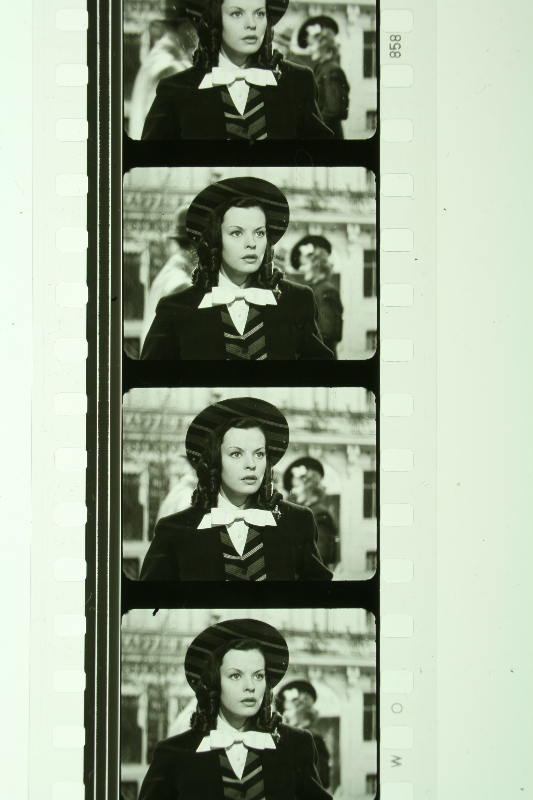
(Spuk im Schloß, 1947, Hans Zerlett, cr. ph Murnau Foundation)
You said that you were interested in a British-German actress like Lilian Harvey. Is there a particular reason?
“I just enjoy her performances. She’s been in some great films (e.g. ADIEU MASCOTTE, DIE DREI VON DER TANKSTELLE, ICH UND DIE KAISERIN, BLONDER TRAUM, GLÜCKSKINDER), but even more mediocre films are worth seeing just for her. Her characters have that quick, jolly, slightly eccentric touch that wouldn’t be out of place in the Hollywood screwball comedies of the 30s. Actually, the very first film I saw her in was GLÜCKSKINDER (1936), a Paul Martin reimagining of Frank Capra’s IT HAPPENED ONE NIGHT (which I love). That was in 2014, when I was still a student and hadn’t seen any German 1930s-movies at all. I went in fully expecting to be unimpressed but ended up thoroughly enjoying the film, which just exemplifies the importance of bringing these old films back to a new audience. “
“Harvey is also just an interesting person: A British-German actress who was huge in late 20s and 30s Germany. She was popular enough to get away with staying in touch with Jewish colleagues and other Nazi “undesirables”, although she was put under Gestapo observation because of it. At the same time, she chose to remain in Germany until just before the Second World War, probably because, after her mediocre stint in Hollywood, it seemed like this was the only country where she could be truly successful.”
If I’m not mistaken, the Murnau Foundation restored the “Die Nibelungen” saga, one of the most monumental works of Weimar cinema. Has it already been distributed in Italy?
“The NIBELUNGEN films were restored on film, which was scanned in 2013. So we have both analogue and digital distribution prints (the DCPs also have English subtitles). The films are available to be distributed anywhere if cinemas are interested, and although they weren’t distributed in Italy as such, they were screened in Italy at film festivals (Pordenone in 2014 and Bari in 2015). “
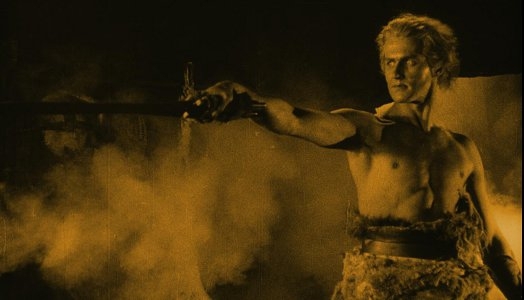
(Thanks to Murnau-Stiftung Foundation)

